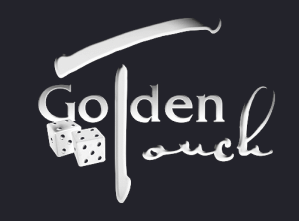
Hardway Vs. 3-V Set Clarification
Could you please clarify your recent response to the question of Hardway Set vs. 3V set? With dice in front of me I cannot see how the 3V set has a greater risk of a 7. I turn the dice and I get a 7 only when there is relative movement of two die faces, the same as the hardway set. Where is the weakness in the 3V set for the 7?
Thanks,
Fred P
Good question Fred. Lets take a look at a few diagrams of dice particularly dice in a 3-V set and a hardway set. To give an example of less protection against a 7, here is a 3V set:


By rolling the left die to the counterclockwise, we have the following:


The top faces now are 6 and 1 a 7. The bottom faces are also a 7 (1 and 6). If we started with a hardway set, no 7 would appear with a single counterclockwise roll of the left die.
Hardway set: 
 Single roll left die:
Single roll left die:

Lets look at another single die face movement that produces 7s with the 3-V set. Starting with the same 3-V set, the right die rolls one face clockwise.
3-V set:



This time the top faces are 5 and 2 a 7. The bottom faces are 2 and 5 also a 7. Again, had we started with a hardway set, no 7s would appear with a single clockwise roll of the right die.
Hardway set: 
 Single roll right die:
Single roll right die:


There you go Fred. Hopefully these examples show you how the hardway set protects better against a 7 than the 3-V set. The hardway set is the only set where one face movement of one die relative to the other never produces a 7. This is the power of the 3-V set.
All the best at the tables,
Jerry "Stickman"


